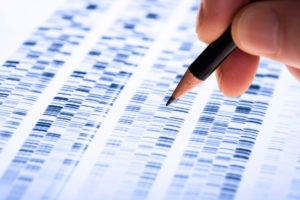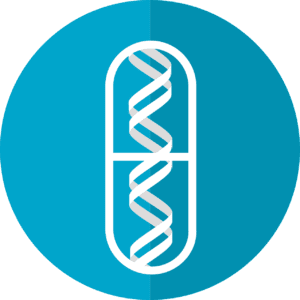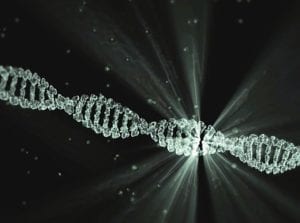Aromatic L-Amino Acid Decarboxylase (AADC) Deficiency
What is aromatic l-amino acid decarboxylase deficiency?
Aromatic l-amino acid decarboxylase (AADC) deficiency is a rare genetic disorder that occurs when the enzyme l-amino acid decarboxylase has decreased activity. This enzyme is needed for the production of neurotransmitters, which allow the neurons in the nervous system to communicate.
What are the symptoms of aromatic l-amino acid decarboxylase deficiency?
This disorder often is not noticeable at birth, but symptoms will begin to appear a few months afterwards. There is a wide range in the symptoms present and their severity, but possible effects include:
- Hypotonia in the trunk
- Oculogyric crisis
- These episodes include uncontrollable head and neck movements, agitation, muscle spasms, eyeballs and gaze deviation, and irritability
- Dystonia
- Hypertonia in the extremities
- Hypokinesia
- Tremors
- Involuntary movements of the hands and feet
- Uncontrollable, writhing movements
- Diarrhea
- Constipation
- Reflux
- Developmental delay
In many affected individuals, the autonomic nervous system dysfunctions. This causes symptoms like:
- Nasal congestion
- Excessive sweating and salivation
- Low blood pressure
- Droopy eyelids
- Temperature instability
- Seizures
- Low blood sugar
- Decreased or increased reflexes
- Decreased or increased sleep
- Behavioral issues
These symptoms do not worsen over time, but they often lead to complications. Many affected individuals do not live through childhood, although those with mild symptoms can reach adulthood.
What causes aromatic l-amino acid decarboxylase deficiency?
Inherited in an autosomal recessive pattern, a mutated DDC gene causes AADC deficiency. When this gene is mutated, the AADC enzyme is unable to perform its normal functions, meaning that it cannot aid in the synthesis of neurotransmitters. This leads to a deficiency of the neurotransmitters dopamine, serotonin, epinephrine, and norepinephrine, which then leads to the symptoms of the disorder.
How is aromatic l-amino acid decarboxylase deficiency diagnosed?
This condition can be very difficult to diagnose, as it is extremely rare and sees a lot of symptom overlap with other conditions. Doctors will need to complete a thorough clinical and physical evaluation, and they often utilize blood and imaging tests. The four cornerstone tests used to diagnose this condition are a lumbar puncture, measurements of specific metabolite 3-O-methyl-dopa (3OMD) in the plasma or dried blood, measurements of the activity of the AADC enzyme in the blood, and genetic testing.
What are the treatments for aromatic l-amino acid decarboxylase deficiency?
There is no cure for this condition, but a number of medications are used to manage the symptoms. Dopamine agonists, monoamine oxidase B inhibitors, pyridoxal phosphate, and Vitamin B6 are often used, although there is minimal research into their effect on AADC deficiency due to the rarity of the disease. Other medications may be prescribed, and a team of specialists should all work together to find the best treatment plan.
Where can I find out more about aromatic l-amino acid decarboxylase deficiency?
AADC Deficiency Articles


Patient Story: How I Became a Nurse to Help my Daughter with AADC Deficiency

First Gene Therapy Administered in The Brain May Come Soon for AADC Deficiency Patients

PTC-AADC Shows Benefits for Patients with AADC Deficiency, Data Shows

Study Illuminates Impact of Aromatic L-Amino Acid Decarboxylase Deficiency on Caregivers

Expanded Partnership Will Offer Genetic Testing for AADC Deficiency




